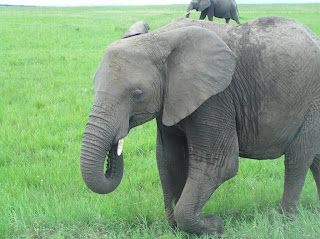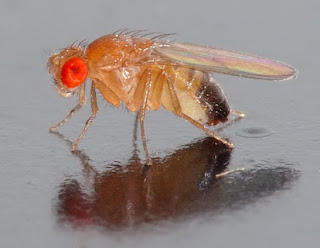 |
| Source: Flickr |
The article “Colossal pliosaur fossil secrets revealed by CT scanner,” caught my attention because it describes an interesting new use for existing technology. Researchers took the skull of a pliosaur, a creature that lived in the oceans during the Jurassic period, and scanned it to learn more about the fossil remains – which may belong to the largest pliosaur yet to be discovered.
The CT scanner used for the research belongs to the University of Southampton in the UK. The machine is one of the largest of its kind, which was necessary to beam through the dense fossil to form a 3D image of what the inside of it looks like. The findings may be able to help researchers establish if their fossil is a different species, or just an abnormally big example of a pliosaur.


